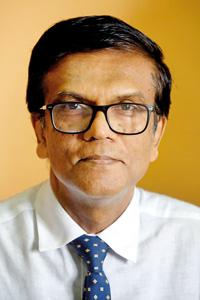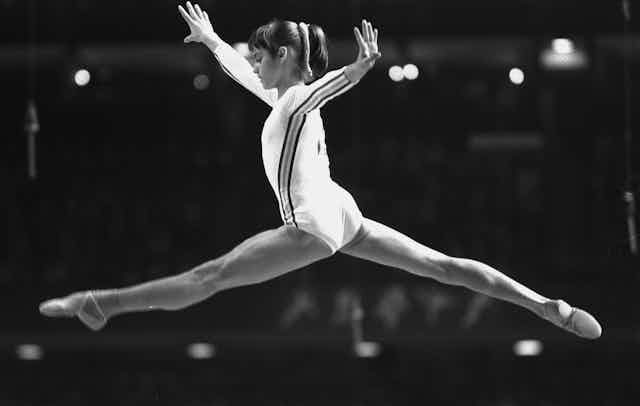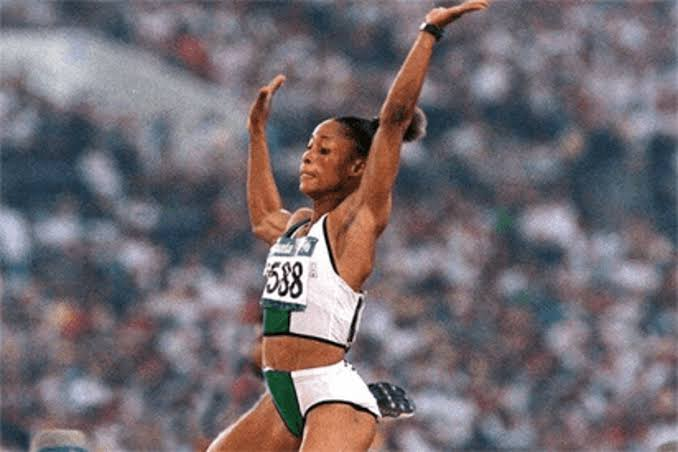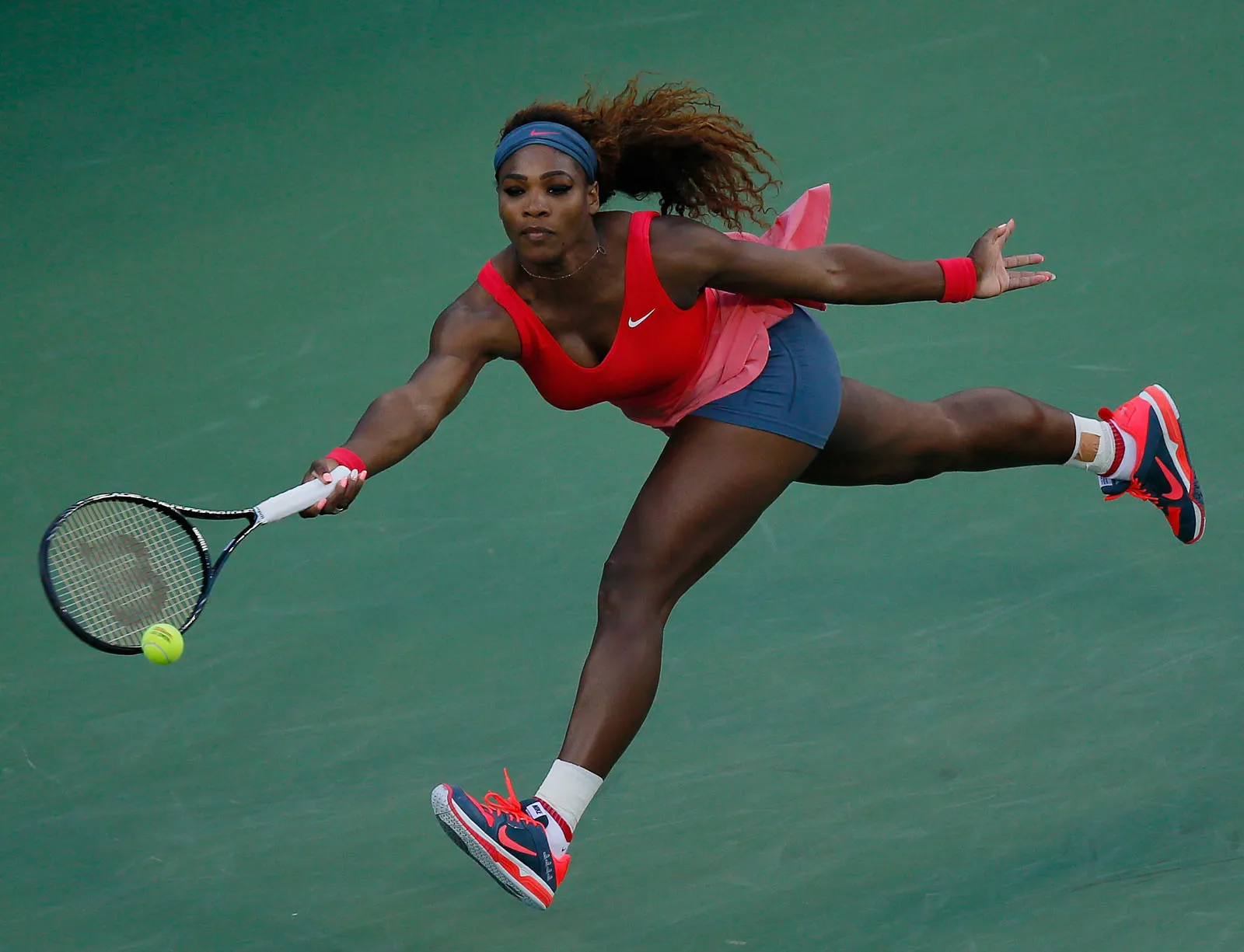amicitaacademy.com – In the 1976 Montreal Olympics, a 14-year-old Romanian girl walked into the arena, swung onto the uneven bars, and made history. When she finished her routine, the scoreboard froze — not because of drama, but because it physically couldn’t display her score. The machine only went up to 9.99. Her score? 10.00.
That girl was Nadia Comăneci, and from that moment, the world learned what perfection looked like.
From a Small Town to the World Stage
Nadia was born in 1961 in Onești, Romania, a small town that could barely imagine producing a global icon. She was discovered by coaches Béla and Márta Károlyi, who saw her flipping on a playground and knew she wasn’t ordinary. By age 9, she was already winning national championships.
Training under the Károlyis was brutal — dawn-to-dusk routines, relentless drills, and almost no room for mistakes. But Nadia wasn’t built to break; she was built to ascend.
Montreal 1976: The Day Perfection Became Real
At just fourteen, Nadia competed in her first Olympics. No one expected a child to dominate the field of women twice her age. Then came the uneven bars. Her movements were effortless, fluid — every line, every landing, flawless.
The scoreboard glitched, showing “1.00.” Confused silence filled the arena until the judges clarified: it was actually 10.00. The first perfect score in Olympic gymnastics history.
She didn’t stop there — she did it six more times in the same Olympics, winning three gold medals, one silver, and one bronze. By the end, she wasn’t just an athlete. She was a legend.
Pressure, Politics, and Escape
Behind the medals, though, life in communist Romania was suffocating. Nadia became a symbol of national pride, controlled and watched by the regime. Her every move was politicized.
In 1989, just before the fall of Ceaușescu’s dictatorship, Nadia escaped Romania — sneaking across the border to Hungary, then to Austria, and finally the United States. She started over, free at last.
Legacy of the Perfect 10
Nadia Comăneci didn’t just change gymnastics — she redefined it. Her performances forced the world to rethink what the human body could do with discipline, artistry, and sheer will.
Today, she’s an ambassador for sports and children’s causes, married to fellow Olympian Bart Conner, and still has that calm, laser-sharp poise that once stunned the world.
The “Perfect 10” scoring system doesn’t even exist anymore — but it doesn’t matter. Perfection has a name, and it’s Nadia.






